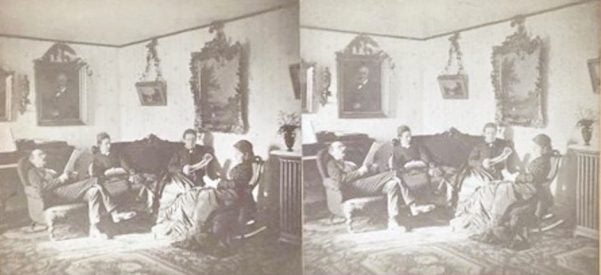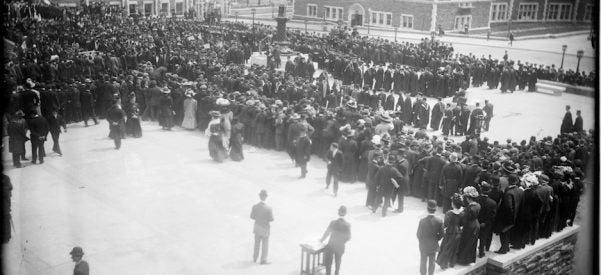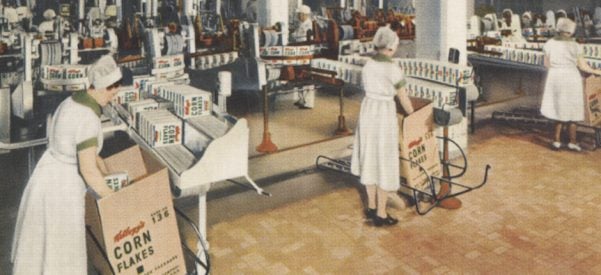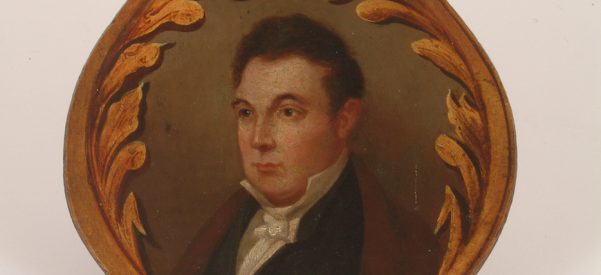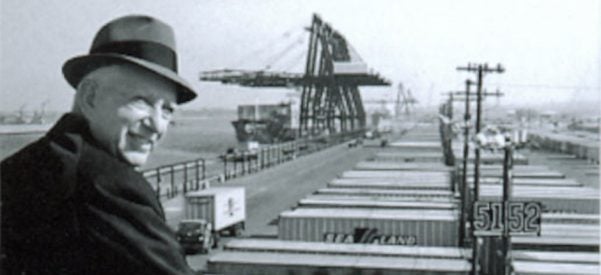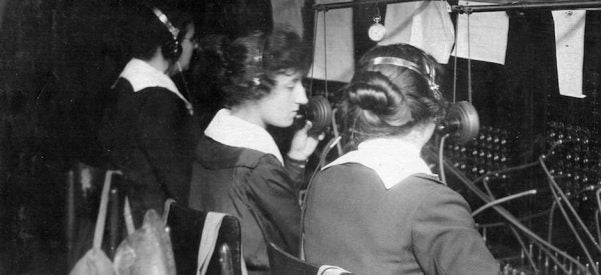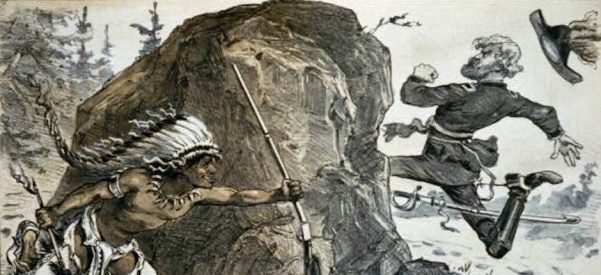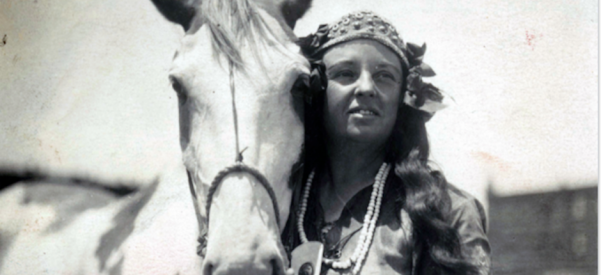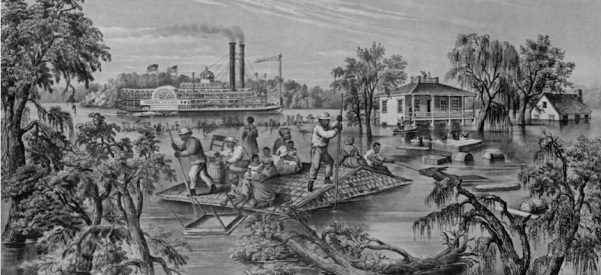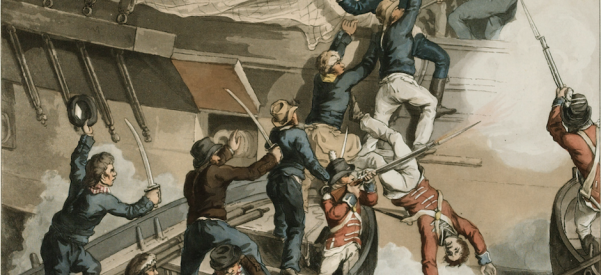When the Idea of Home Was Key to American Identity
From Log Cabins to Gilded Age Mansions, How You Lived Determined Whether You Belonged
Like viewers using an old-fashioned stereoscope, historians look at the past from two slightly different angles—then and now. The past is its own country, different from today. But we can only see that past world from our own present. And, as in a stereoscope, the two views merge.
I have been living in America’s second Gilded Age—our current era that began in the 1980s and took off in the 1990s—while writing about the first, which began in the 1870s and continued …


